This table has the summery of pros & cons of solar energy that I have narrowed down from my research.
| Advantages of Solar Power | Disadvantages of the Solar Power |
|---|---|
| The most abundant source of energy | High Initial Cost |
| Diverse Applications | Expensive Storage |
| A Renewable Source of Energy | Weather Dependent |
| Eco Friendly | Needs Space |
| Low Maintenance Cost | Low Rate of Energy Conversion |
| Energy Independence | Doesn’t Generate Electricity at Night |
| Economical | Expert Knowledge |
| Add Value to Properties | Pollution Concern |
Now let’s see them in detail, So you can have a clear idea about these points.
Pros of the Solar Energy
The most abundant source of energy
Though unevenly, the energy source is distributed all around the world. Countries in North Africa, Middle East, the Sub-Saharan Africa region, and most of the Tropical countries have the highest solar potential.
The latest data on solar resource potential globally can be checked through the solar atlas. In one hour the Earth receives 173,000 TWh of energy from the sun.
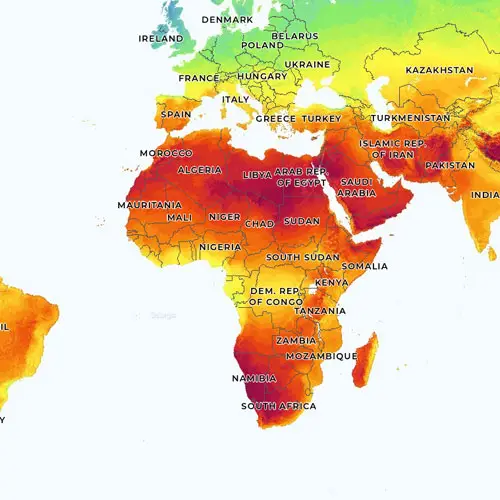
Diverse Applications
Solar energy is widely used for; Drying, Space Heating (Generating heat), and Generating power.
Photovoltaic (PV) power generation is the most used application of solar energy which stands for electricity generation.
According to the Office of Energy Efficiency & Renewable Energy, over 3% electricity comes from solar energy up to date.
Other than that, Solar cells and solar tiles are also used in power generation. From solar thermal energy to solar water heating, Solar cooling, and Solar thermal ventilation can be seen in the industry all over the world.
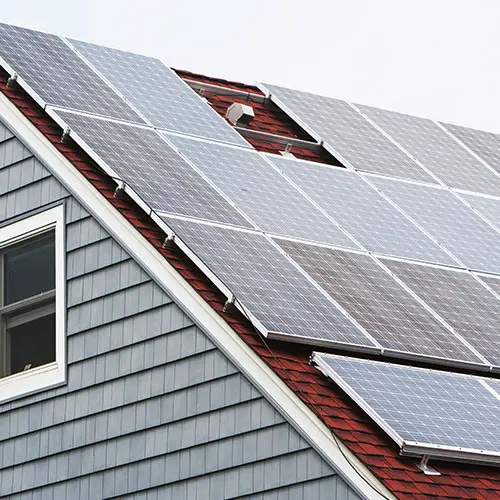
A Renewable Source of Energy
Not like other sources of energy, this source will not vanish for at least in 5 billion years. Users can harness energy as long as they have the sun. That’s good news for you and me. Right?
“In 2022, solar and wind are expected to add more than 60% of the utility-scale generating capacity to the U.S. power grid (46% from solar, 17% from wind).” – Says Office of Energy Efficiency & Renewable Energy
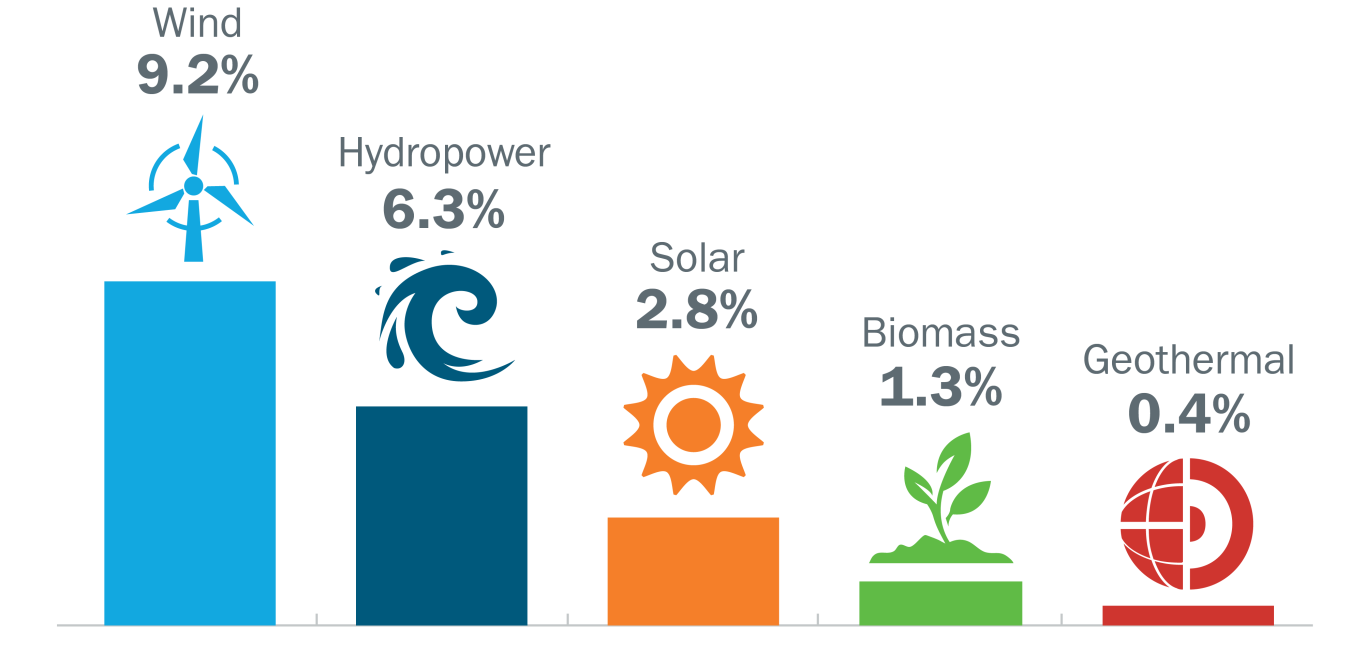
Eco Friendly
When using solar energy, no emission is expected like carbon-based fuels (which include petroleum fuels).
The energy harnessing process also does not include any reaction, refining process, or mechanical conversions. Most importantly it does not make any waste during the energy harnessing process.
Solar Future Study clearly indicate that solar energy will significantly help the decarbonization process compared with other energy generation methods. I can recommend Solar Future Study as a good up to date reference on this topic.
Low Maintenance Cost
Installing a solar panel can be expensive. However, once it’s fully operational, the user can enjoy its advantages for many years while only investing a small amount in its maintenance, like cleaning.
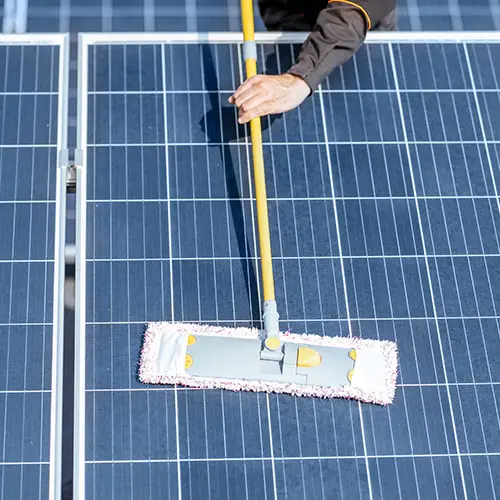
Energy Independence
If the solar panels are going to generate the required amount of power, no longer the users have to depend on the national grid. You can go off grid, Like my-self
Eventually, the more a country allows domestic solar energy, the less it will want to rely on imported carbon-based fossil fuels.
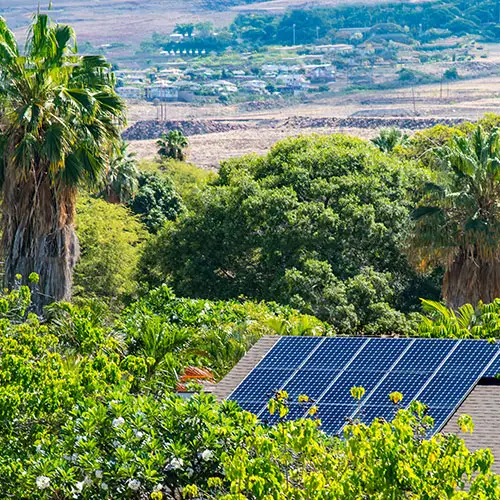
Economical
The use of solar panels to generate electricity domestically can reduce the electricity bill drastically.
There are some countries that allow to provide domestically generated power to the national grid, then the homeowners can make some profit.

Add Value to Properties
Being energy independent adds a great value to a property. The living cost or the cost of utilities reduces with an alternative source of power.
Well, now let’s see the disadvantages of the solar energy. As we know, none of the energy sources around the world are perfect.
Recent solar research done by Zillow, state that solar equipped house value cab be increased by up to 4.1% compared to non solar house.

Cons of the Solar Energy
High Initial Cost
In a solar energy extracting system, only free thing is the source of energy. Other than that collecting equipment (solar panels), converting equipment (inverters), and storing equipment (batteries) are very expensive.
Sometimes using solar panels with solar tracking ability will cost more. In addition, at the initial stage, one might need to get a technical assistant too.
Solar Energy Industries Association says initial cost for a 6kWh system will be around $16,000 to $21,000 in 2021. This is not so cheap for many residents.

Expensive Storage
Even though solar energy is very abundant it can be harnessed within a limited time at day time and have to be stored to use at night time.
- Sensible Heat Storage
- Phase-Change-Material Storage
- Sorption Storage
- Solar Fuels,
are some of the methods of storing solar thermal power.
- Pumped Hydroelectric Storage (PHS)
- Flywheels
- Using Nanoporous Membranes
- Compressed Air Energy Storage (CAES)
- Batteries
- Flow Batteries
- Fuel Cells,
are the methods that are in current use to store solar electric power. These technologies are still developing and are very expensive and hardly affordable for medium to low-income families.
Weather Dependent
The amount of energy produced by the sun will change with the seasons. During the summer more energy can be captured and during the winter it will be much less. This will not affect tropical countries anyway.
But cloudy days and rainy days will affect them also. Fewer radiations on those days will produce less energy.
The latitude also decides the amount of sunlight falling. At higher latitudes, the angle of solar radiation is smaller which means at higher latitudes the energy extraction is much less.
Needs Space
Most houses use few solar panels on their roofs. But more the power they want more they want the space to add more panels. If it is a solar farm it will need more than 30 acres to produce around 5MW.
Photovoltaic power plants can induce a “heat island” (areas that experience higher temperatures than ambient temperature) which is not a favorable condition for locals, wildlife, and the ecosystem.
Low Rate of Energy Conversion
The technology of solar energy conversion is still in the developing stage. Anyhow even the most advanced solar panels convert less than 30% of the sun rays falling on them.
During my master degree research, I’ve learned that there is a maximum theoretical efficiency limit of 33.16% when we use traditional solar cell fabrication methods. This limit is called Shockley-Queisser Limit.
Doesn’t Generate Electricity at Night
At night; with no sun time, solar energy cannot be harnessed. But domestically it is nighttime people need more power. So during the nighttime, the users will have to be on the national grid. So people cannot be completely “off the grid”
Well at least without some additional setups like battery banks and so on.
Expert Knowledge
Installing solar systems is not straightforward. You need to know considerable amount of requirement calculations and relevant safety steps.
Yes, we can create our own DIY Solar systems. But still, we need to learn it for a considerable time in order to master it.
Pollution Concern
This point is rarely talked in the solar energy communities. However, the abundant solar panels are a big concern.
When fabricating a solar panel, most of the time hazardous chemicals were used to make them. Therefore, expired solar panels needs to be handled carefully. Otherwise we will be in a huge environmental problem in near future.

Eng. Matthew Joseph Nandirio is the Founder of walkingsolar.
After graduating from the University of Houston in 2002, matt started working as a Solar Electrical Engineer for several multi-national solar energy companies.
He has a wide range of experiences including solar system requirement analysis, planning, maintaining, debugging and even solar device development through research.
He now shares his 20 years of expertise through his articles on the walkingsolar website.
Further, he is also the author of two books on Solar Technology, “Solar Power for Villages” and “DIY Solar System for Dummies”.
